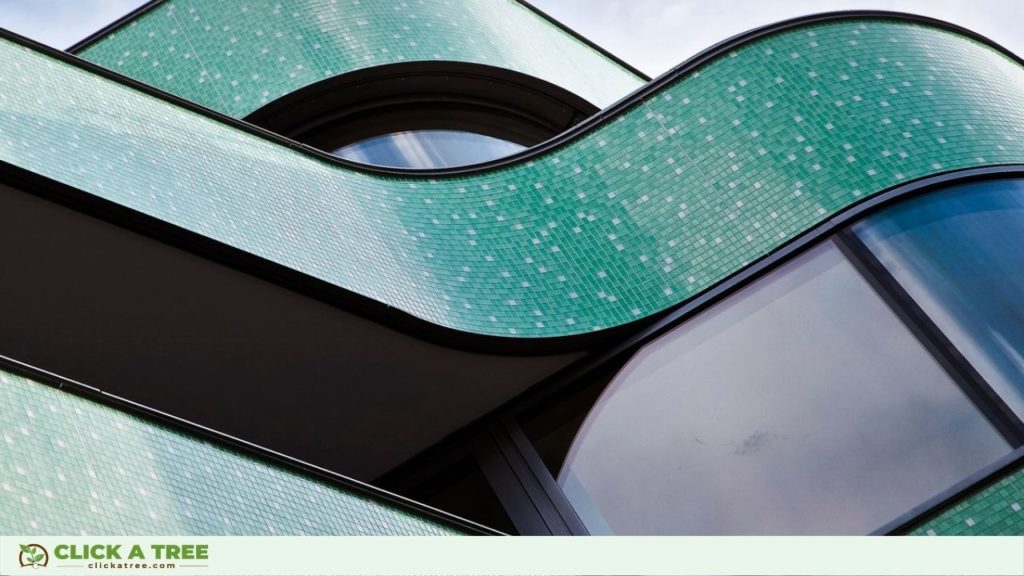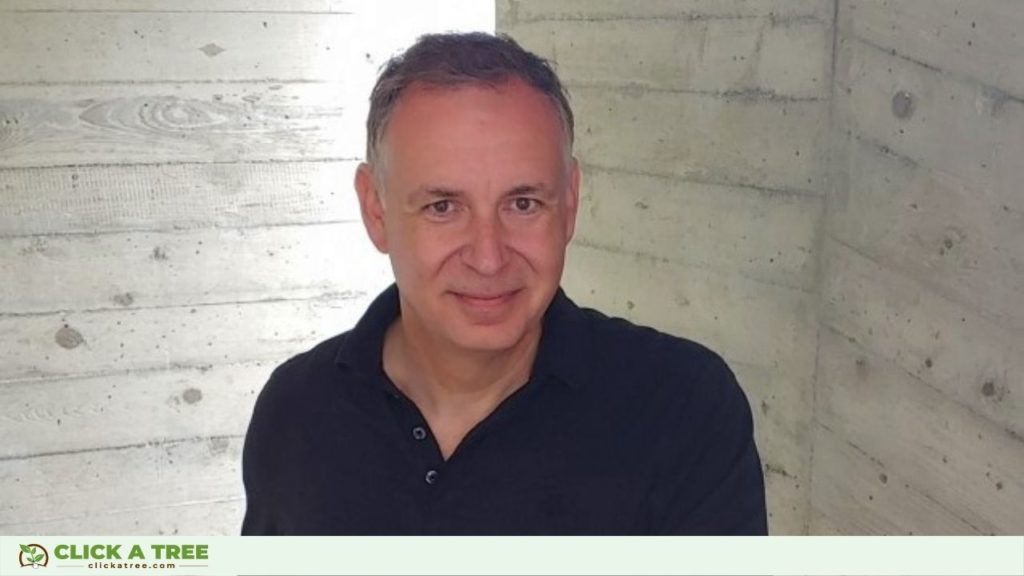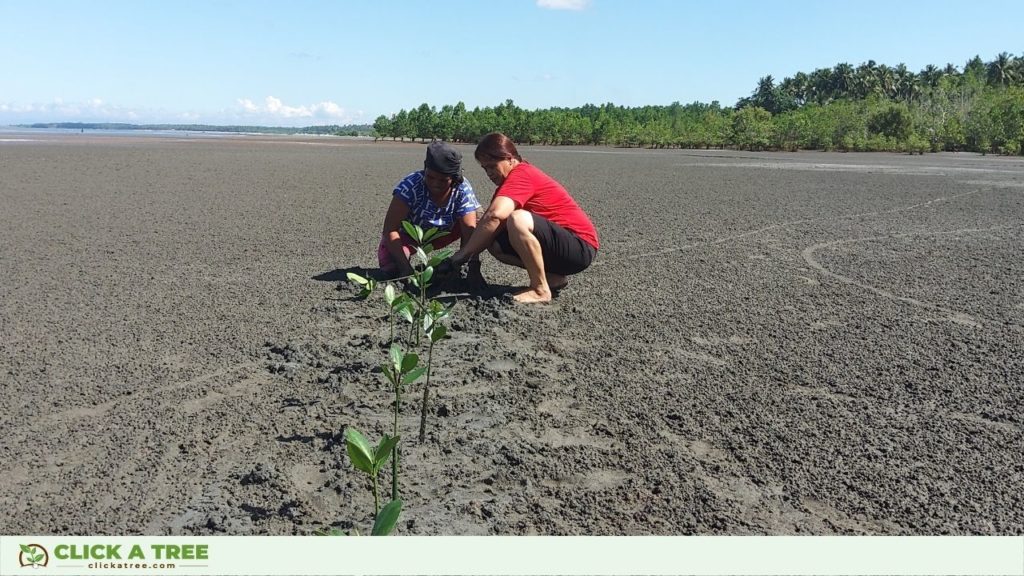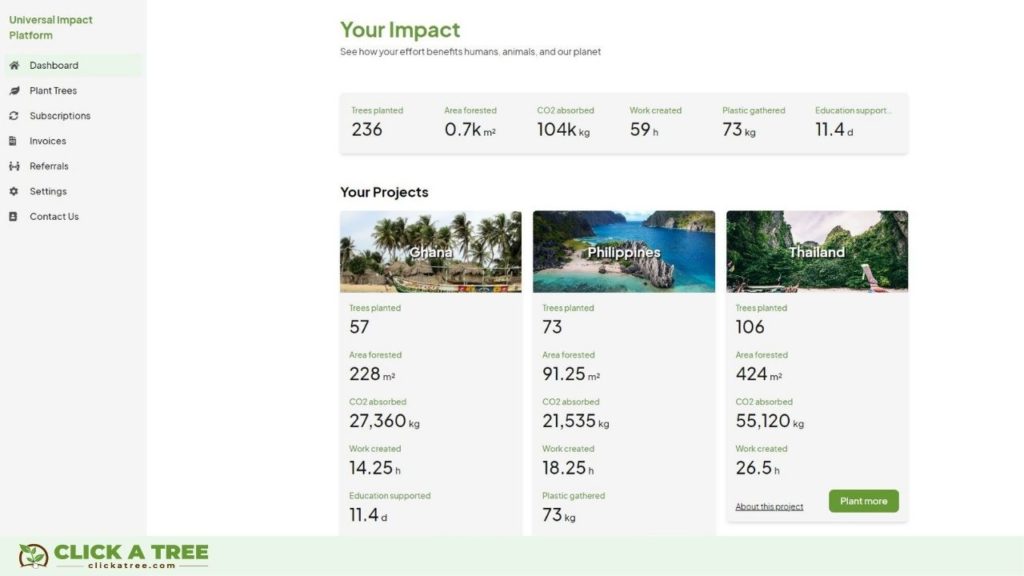Delta Elements: How to Achieve Sustainable Development Goals in the Building Materials Trade
From our success series

Since transport alone causes high CO2 emissions, Marc Gazweiler, CEO of Delta Elements, started looking for a way to compensate the company’s environmental impact.
Here you can find out how his construction company offsets CO2 and achieves the Sustainable Development Goals (SDGs) set by the UN – and how you can do the same.
Fulfilling Sustainable Development Goals: Giving Back
Delta Elements has strong links with Asia as that’s where the materials for its facade claddings come from. The materials are top grade and the resulting claddings are beautiful, but the CO2 emissions incurred in product manufacturing and transport are considerable.

Marc Gatzweiler, CEO of Delta Elements, became increasingly concerned about the company’s impact on the environment and was looking for a way to change this.
This is why Marc was looking for a project with a holistic approach to fulfill as many sustainable development goals as possible.
When the mentor Marc met our founder Chris as part of the KIZ-program, a mentoring program in Offenbach, Germany, he learned that by planting trees, he could fulfill all 17 SDGs.

Each tree planted helps to offset carbon emissions, created in logistics and transport of the goods from the factory to the construction site, for years to come. What’s more, Click A Tree’s projects support education and create local jobs.
“This environmental project is our contribution to sustainable commitment and social responsibility and does not cost our customers anything,” explains Marc Gazweiler.
By supporting Click A Tree’s project in the Philippines, he could give back to the people in Asia, whose skill in the manufacturing of facade materials has contributed so much to the success of Delta Elements.
As a result, Delta Elements became a partner of our Trees for the Seas project. This project focuses on the reforestation of mangroves.
Not only do mangrove forests form a beautiful barrier that protects vulnerable island ecosystems, but they are also a fantastic way of achieving carbon offsets.*
Would you also like to be part of this mission? Then log in to the Universal Impact Platform and let’s get started.
How Carbon Offsets Work
A mangrove tree absorbs around 300 kg of CO2 during its first 25 years – a very conservative estimate – many trees absorb much more. After that, this changes to an average absorption of 25 kg of CO2 each year.

And during this time, of course, each mangrove tree produces numerous baby trees, which, in turn, make their considerable contribution.
Mangroves, therefore, are the perfect trees to create the large carbon offsets needed by Delta Elements. So how does planting trees for businesses like Delta Elements work?
With Chris’ help, Marc calculated the amount of CO2 that results from logistics and transport. They use this amount to estimate how many mangrove trees need to be planted to compensate for their CO2 emissions.
A Successful Strategy Creates Benefits All Around
The company’s contribution to the Trees for the Seas project allows them to fulfill all of the UN’s 17 sustainable development goals simultaneously.
This is also appreciated by their customers. Delta Elements includes the CO2 numbers on the client’s invoice as a way to create awareness of this important topic.
According to CEO Marc Gatzweiler, including carbon offsets as part of normal business, has been even more effective than any kind of advertising: “We realize that we experience an image gain because with every delivery bill and with every delivery bill copy we show that we create an (over)compensation for each delivery.”
It took less than 5 minutes to sign up to Click A Tree’s Universal Impact Platform and start planting trees.
The Universal Impact Platform provides an easy way to track your total impact in numbers: trees planted, hours worked, education supported, and plastic collected.

The Effect of the ‘Plant Trees for Businesses’ Method
The customers of this construction business understand the challenge of maximizing a business’ impact on the environment. Because of our cooperation, Delta Elements has gained several sympathizers among its customers.
The simple yet effective way used by Delta Elements to fulfill the UN’s sustainable development goals is also intended to set an example for other businesses.
Marc Gatzweiler says, “I am convinced that all companies have to position themselves in the area. Every company has to contribute its share.”
Become a Click A Tree B4B partner
Delta Elements shows that planting trees with Click A Tree is a simple yet highly effective way for businesses to fulfill the 17 sustainable development goals. We hope that Marc’s story has inspired you!
There are many ways, Click A Tree can plant trees for businesses: As a gift that has that ‘wow’ factor for clients and employees, or as a simple “thank you” to our planet.
To help you start your tree-planting campaign, Click A Tree has created the Universal Impact Platform. It takes less than 5 minutes to sign up and get started.
If you would like some help in creating a campaign or are interested in more information about our projects, you can contact us here. We look forward to working with you to make a valuable contribution to a future that benefits everyone.
*Since we focus on the other benefits of planting trees, such as creating jobs and living space, CO2 compensation only plays a secondary role. We didn’t want to be seen as a pure compensation project and we don’t have a seal for that either. But of course, companies can calculate how many CO2 emissions they generate and plant trees accordingly.
Find more info about Delta Elements here.